We might not be used to the warmest of weather on the east coast of Scotland, but heat rash is a common problem in the summer.
And with Tayside and Fife experiencing a heat wave at the moment, it’s more likely than ever you could find yourself with a heat rash this summer holiday.
At best, heat rashes can be annoying and inconvenient; at worst, they can be itchy, painful and hard to get rid of.
But what are heat rashes? What are the main symptoms? And what are the best tricks for getting rid of them?
We’re answering all your questions about how to combat heat rashes this summer.
What is a heat rash?
Despite the name, heat rashes aren’t directly caused by spending too much time in the warm weather or sun.
However, they are more likely to develop in the summer.
They occur when sweat is trapped in the skin. They usually occur in skin folds and areas such as the inside of the elbows or behind the knees.
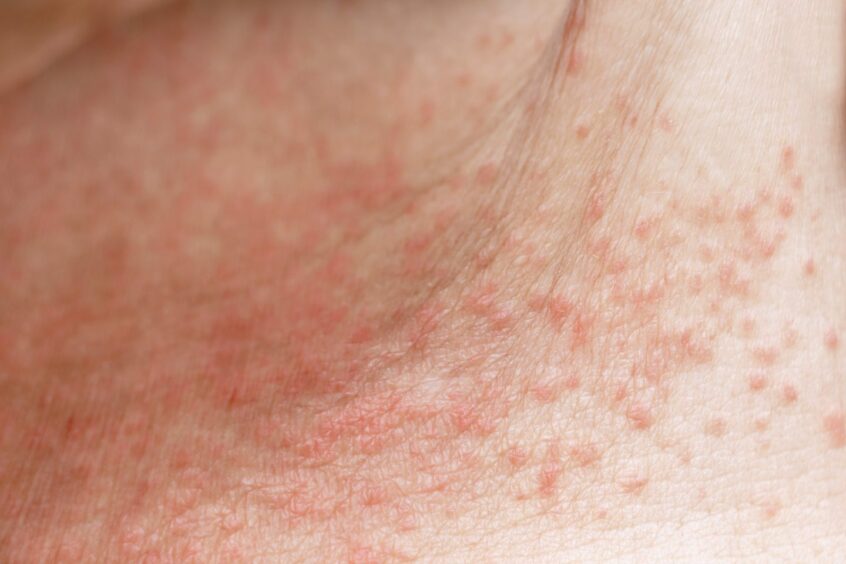
Sweat glands get blocked and the trapped sweat leads to a rash developing a few days later.
Babies often get heat rash because they cannot control their temperature as well as adults and children can.
However, it can affect people of all ages.
What are the main symptoms?
The symptoms of heat rash are:
- small, raised spots
- an itchy, prickly feeling
- mild swelling.
The rash often looks red, but this may be less obvious on brown or black skin.
How can you prevent heat rash?
The main thing you can do is keep your skin cool to reduce sweating and to prevent further irritating the rash.
You can cool the skin by:
- wearing loose cotton clothing
- using lightweight bedding
- taking cool baths or showers
- drinking plenty of fluid to avoid dehydration.
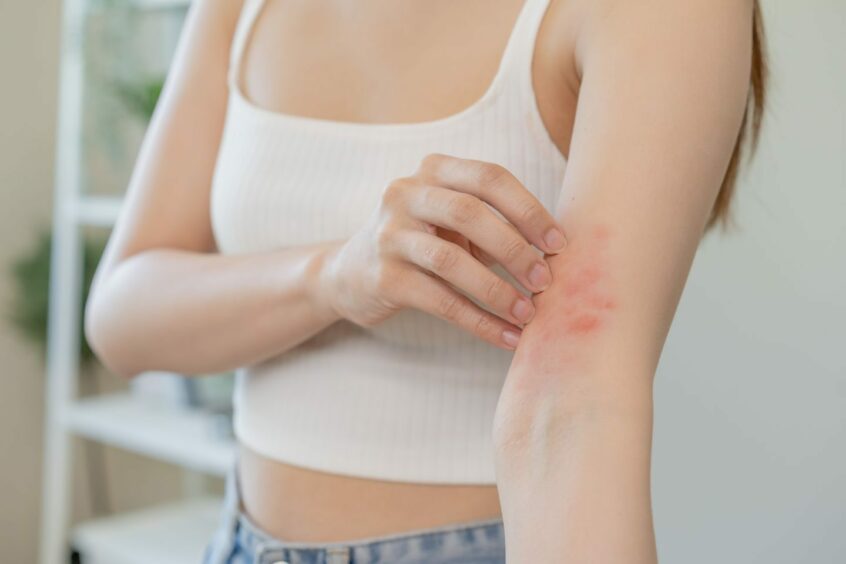
The rash can often be itchy, but scratching it will only make it worse.
How to treat a heat rash
To calm the itching or prickly feeling:
- apply something cold, such as a damp cloth or ice pack wrapped in a tea towel for up to 20 minutes
- tap or pat the rash instead of scratching it
- do not use perfumed shower gels or creams.
If the rash persists or doesn’t show signs of clearing, you can visit a pharmacist who will be able to give you some sort of treatment.
These options include antihistamine tablets, calamine lotion or a hydrocortisone cream.
Once the symptoms begin to disappear, you can also use a light moisturiser on the affected area, as the rash can lead to dry skin.
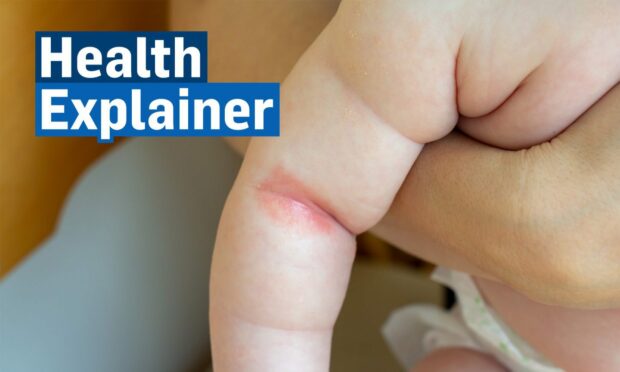






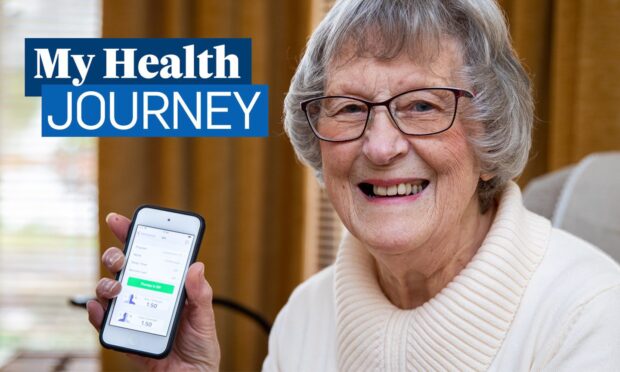
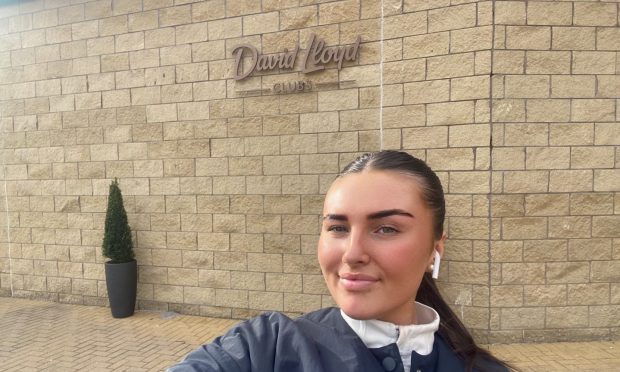
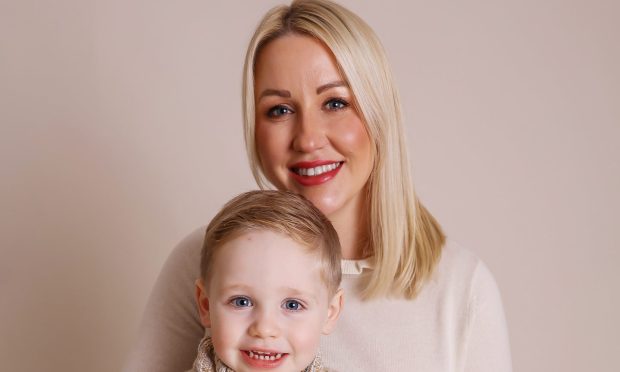

Conversation